If I had to guess, I’d wager that Petra is the reason most people visit Jordan and it was certainly why I booked my trip.
I’d long been keen to visit the ancient Nabatean city, but little did I realise it’s just one of a number of incredible places to see in this fascinating country.
Jordan is home to wonderfully preserved Roman ruins, the lowest and saltiest point on Earth and Moses’s alleged burial site, as well as cracking Crusader castles, spectacular deserts and relaxing beach resorts.
It’s also one of the most beautiful countries I’ve seen and boasts breathtaking scenery that rivals the great American vistas of Zion and Arches national parks.
Jordan has a long and fascinating history, playing host to a number of cultures and peoples over the millennia, the food is delicious, and the people are warm, friendly and hospitable.
I spent a week travelling around the country last year and needless to say, I loved every minute of it. Here’s my mini travel guide to Jordan…
Sightseeing
Amman
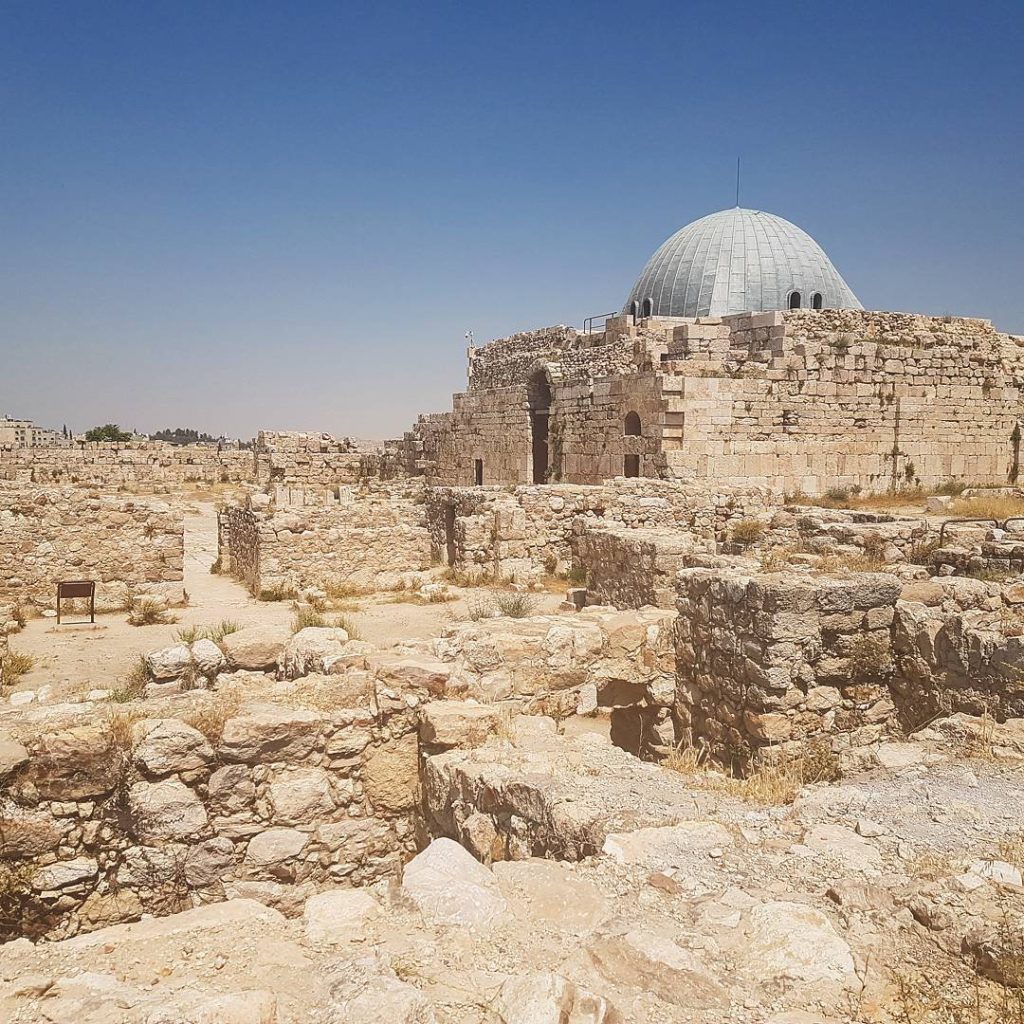
I wasn’t hugely impressed by Jordan’s capital city Amman, it didn’t seem to have much of a centre to it and you needed to drive everywhere, so it felt a little soulless.
But there are some impressive places to visit, including the old Citadel (above) on top of a hill in the centre of the city and the Roman amphitheatre below it.
The Jordan Museum, which is home to some of the Dead Sea Scrolls, is also worth a visit – it’s small, so only takes an hour or so to look around.
But it’s full of interesting exhibits about the country, its history and its culture, and has an excellent display about the origins of language.
Jerash
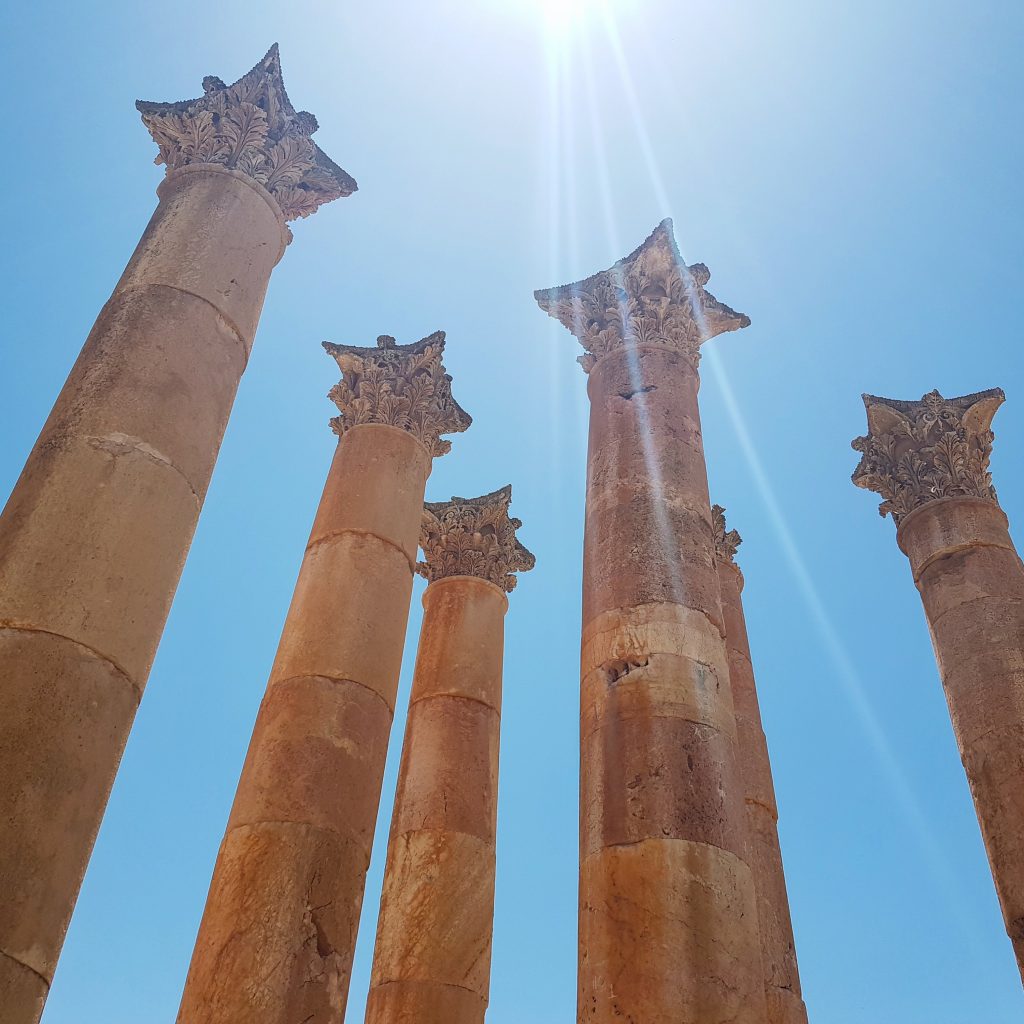
One of the largest and best preserved Roman sites in the world, Jerash is a fascinating place. The ancient city is much bigger than I was expecting and even though we spent a good two-and-a-half hours there, I still felt as though we rushed our trip and didn’t quite see everything there was to see.
The spectacular ruins include two almost perfectly preserved amphitheatres, numerous temples and an intriguing mosaic on the floor of an old church.
Dead Sea
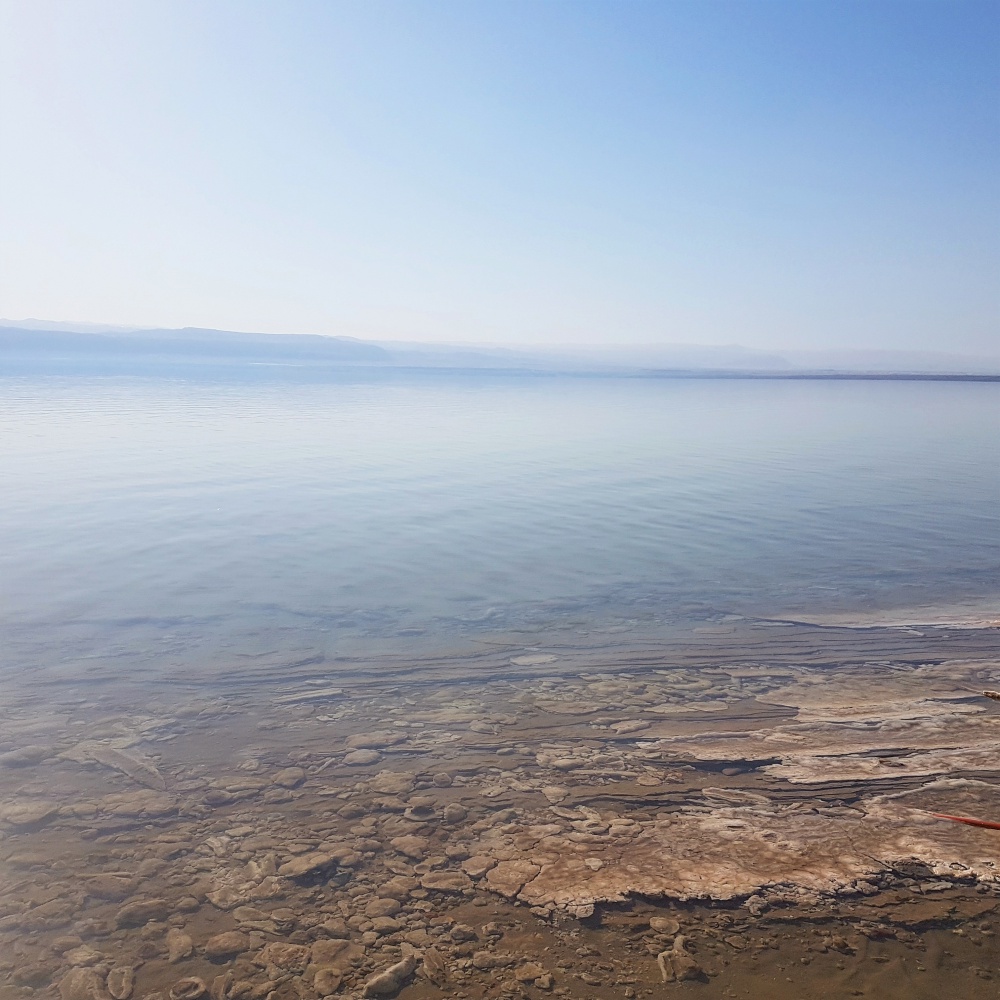
The mineral-rich lake that lies between Jordan and Israel is 411m below sea level, making it the lowest point on Earth. There are a number of resorts dotted along the edge of the Dead Sea where you can while away an afternoon floating in the thick salty waters.
Make sure you don’t spend longer than 20 minutes in the sea at any one time before washing all the minerals off your body and avoid getting the sea water in your eyes or other sensitive parts of your body.
Look out for small pockets of mud along the shore, which you can use to slather over your body, then wait for the mud to dry before washing it off in the sea – it will leave your skin super soft!
Biblical sites
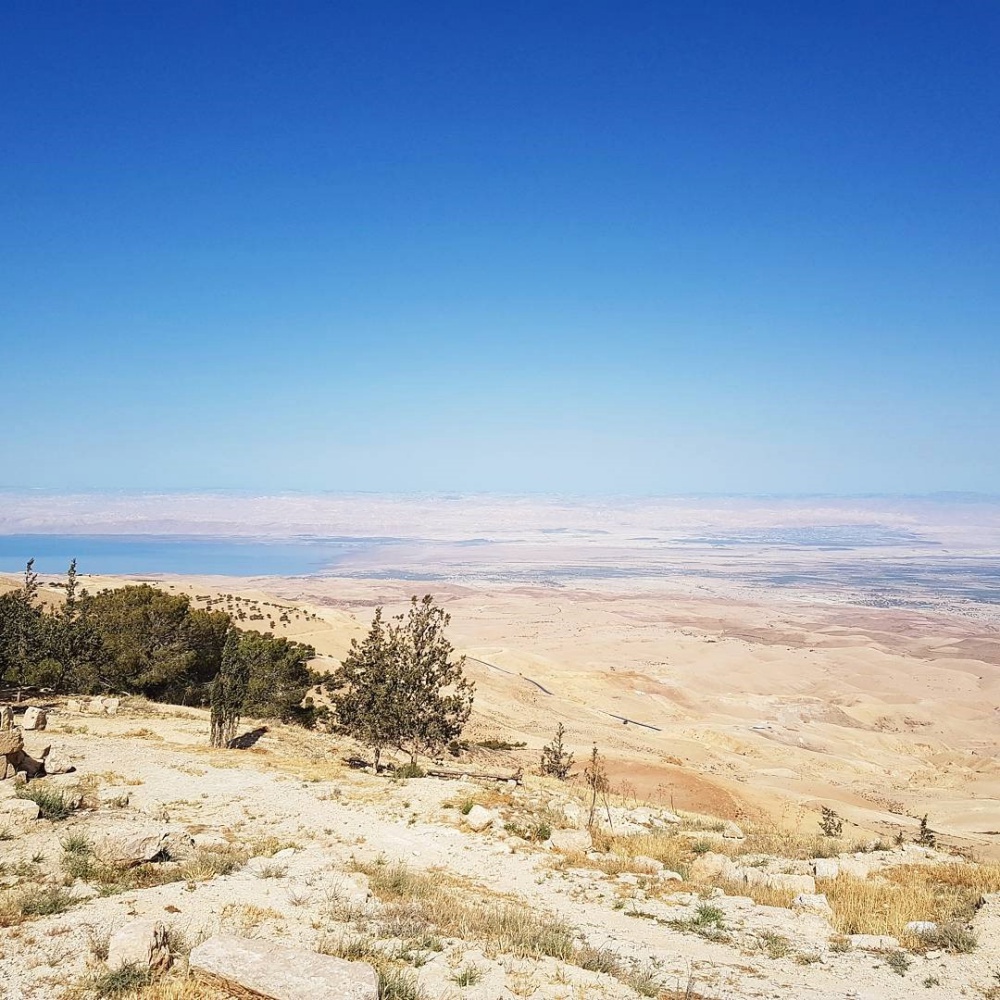
As part of the Holy Land, Jordan is home to a number of important Biblical sites. Mount Nebo, for example, is home to the Memorial Church of Moses, which commemorates the prophet Moses who reportedly saw the promised land from the spot, and features Moses’s reputed burial site, as well as some fantastic mosaics.
The mountain, which lies at the top end of the Dead Sea, also boasts fantastic views over Israel (you can just make out Jerusalem, Nazareth and Bethlehem in the distance, above).
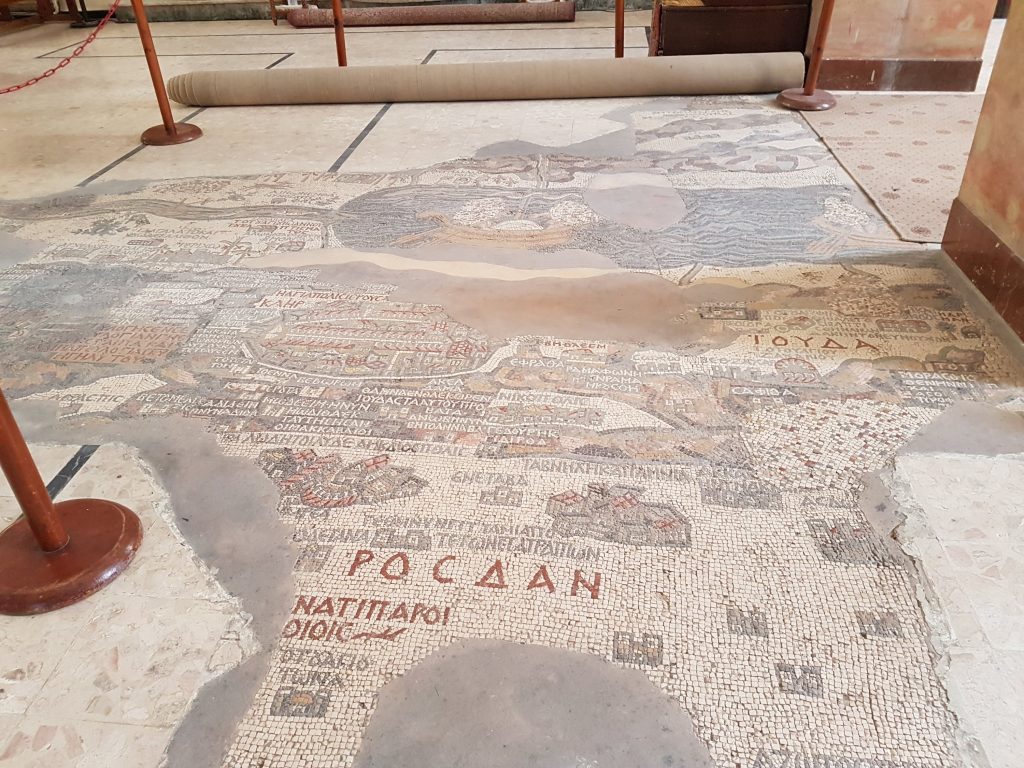
St George’s Church in the town of Madaba, meanwhile, features an incredible 6th century mosaic map of the Holy Land (above).
Only parts of the map remain, but what’s there is fairly topographically accurate and it’s possible to make out the Jordan River, the Dead Sea and Jerusalem.
Kerak

Perched high on a hill and dominating its namesake town, the crusader castle at Kerak is enormous. The sandstone structure is an imposing and formidable fortress.
Much of it is now in ruins, but you can clamber about inside the dark chambers and passages, exploring what remains and there are fantastic views over the nearby valleys.
Petra
The jewel in Jordan’s crown and one of the seven wonders of the world, Petra does not disappoint and is a must for anyone visiting the country.
The most surprising thing about Petra is its size. It’s enormous, and you’ll need at least two, if not three, days to see it all. I spent two full days in Petra and could have done with an extra day.
Petra is famed for its ancient tombs, but surprisingly, they’re not the most spectacular part of the city. Rather I was blown away by its incredible landscapes – it’s one of the most beautiful places on earth.
The colours in the rocks – greens, reds, whites, purples, blacks, even bright blues – are like nothing I’ve seen before.
Petra gets very busy, especially the area around the Treasury (above), so it’s worth getting there as early as possible.
It was incredibly hot and sunny when I visited in May, so we did the bulk of our sightseeing in the morning before the temperatures became unbearable.
Petra’s very hilly so you’ll need to do a lot of hiking to reach some of the more interesting parts of the city.
My favourite place was the Monastery (above), high on top of one of the city’s hills, and for me, more spectacular than the iconic Treasury. My surprise when I turned around and saw it after a long hike to the top of the mountain will stay with me forever.
It’s also worth carrying on past the Monastery to the look-out points on the rocks nearby. There’s one overlooking the Monastery and one further on with a Bedouin tent on top of a precarious-looking rock – don’t miss either highest point and stay for tea with the friendly Bedouin.
The view from the rock over the Wadi al Araba is extraordinary and one of my favourite travel moments.
Wadi Rum
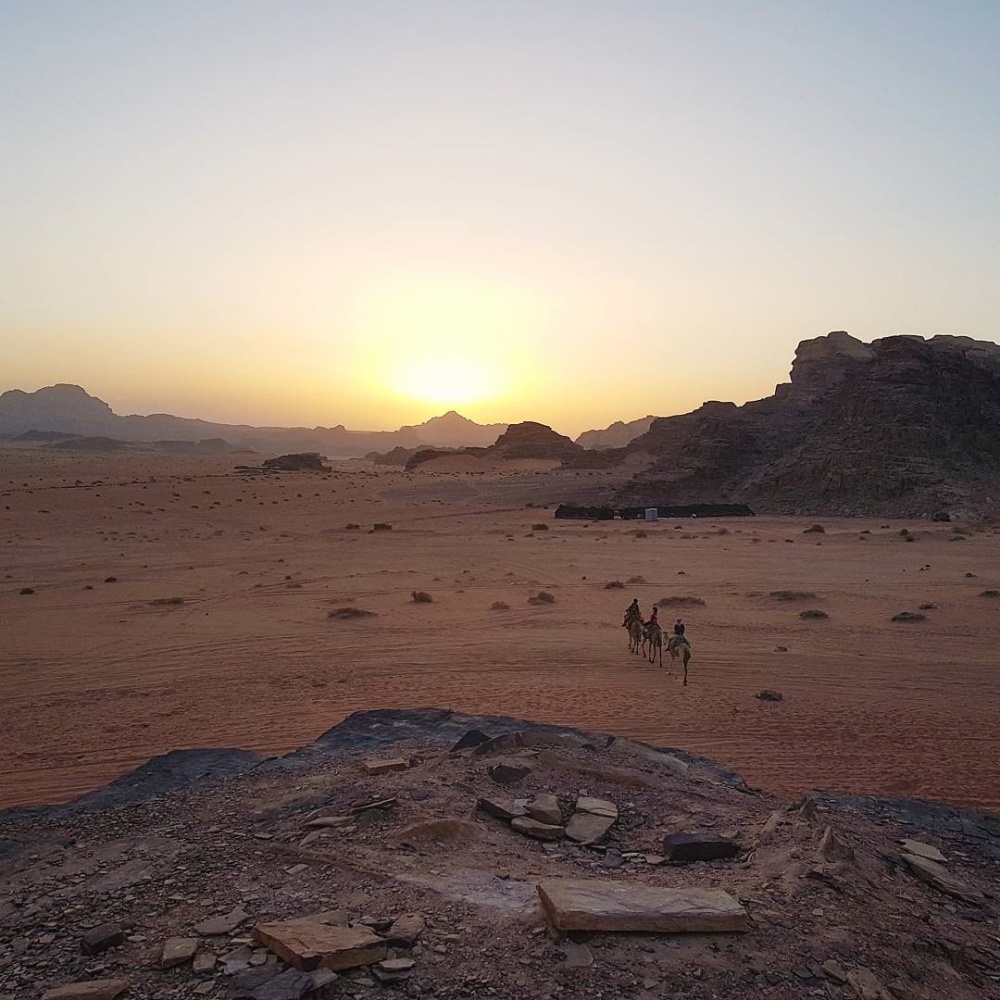
The beautiful desert of Wadi Rum was immortalised by Lawrence of Arabia in The Seven Pillars of Wisdom, his detailed account of his time in the Middle East helping unite the Arab tribes.
The Seven Pillars of Wisdom is named after a rock formation in the wadi (an Arabic term for valley) and there’s even a carving of TE Lawrence on a rock in the desert.
Wadi Rum is also home to an old, unused train station with a train you can clamber aboard, as well as ancient Nabatean carvings.
You can spend the night sleeping under the stars in a Bedouin camp where you’ll be treated to great food, music and dancing.
Aqaba
Aqaba lies at the top of the Red Sea and is the only port in this otherwise landlocked country. I spent a day on a glass-bottomed boat on the sea, snorkelling in the coral reefs.
The current in the sea can be very strong, but the marine life is incredible – I was lucky enough to find myself snorkelling with a turtle, which was definitely a pinch-myself moment.
Food and drink
Jordanian food is fairly typical Middle Eastern fare – think lots of delicious salads, hummus, baba ghanoush, pickled vegetables, tabbouleh, falafel and flatbreads.
Other foods to look out for include kibbe, which are little meat croquettes; mansaf, a dish of goat or lamb served with rice and topped with a yoghurt sauce; and mussakhan, a chicken wrap with onions.
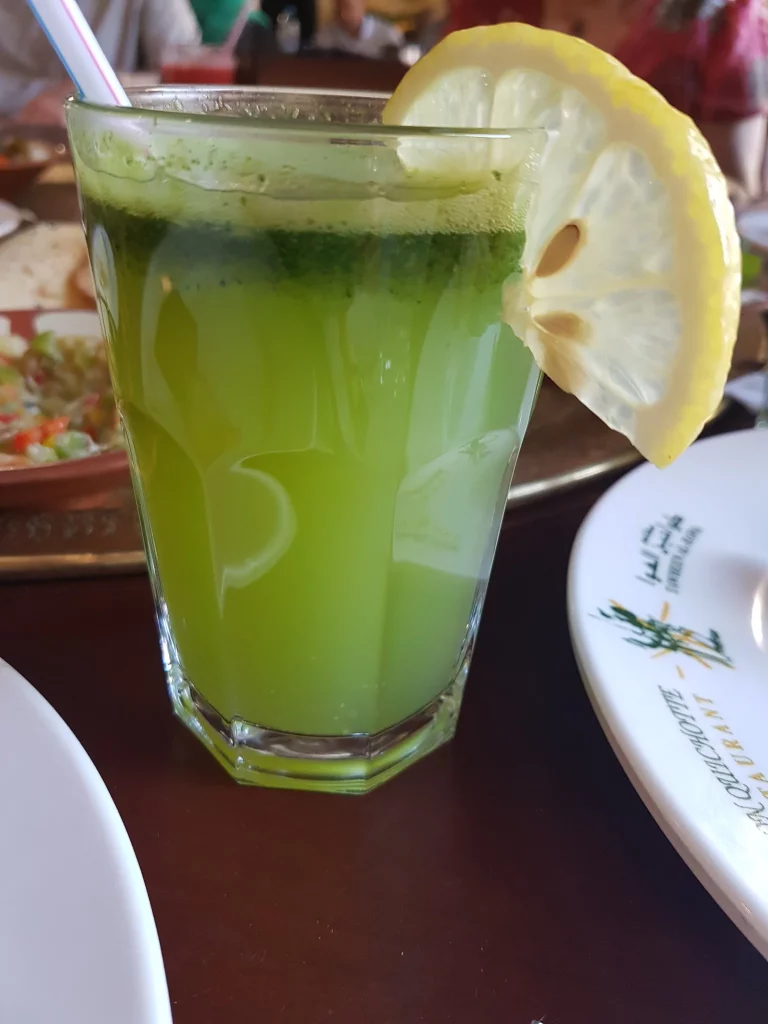
Alcohol is rare in Jordan – the only places I saw it for sale were in Petra and Aqaba – and instead you’ll find lots of fantastic fruit juices in the restaurants.
My favourite was lemon and mint juice, which you’ll find everywhere, although it varied in taste depending on where I had it. Sometimes it was sweet, other times really sour.
I also drank lots of mint tea while I was there and tried some fermented goat’s milk, an interesting local delicacy, during a picnic in Wadi Mujib.
Climate
Jordan is in the heart of the Middle East and so is a hot, dry country. It’s baking hot in the summer, but cooler in winter, around 5°C to 10°C in January.
I visited in May when the sun was searingly strong, so I tried my best to avoid the midday sun, venturing out in the morning or late afternoon and seeking as much shade as possible.
I still struggled with headaches and overheating though, despite taking every precaution to protect myself.
Safety
“Is it safe?” was the one question everyone asked when I told them I was going to Jordan. “Yes,” I’d reply wearily, “it’s perfectly safe.”
And it is. I didn’t have any concerns about my safety during my trip, and if anything, I probably felt safer there than I do in most European countries.
The Jordanians take their security seriously, so every tourist site has a police presence and there were numerous police checks along the roads.
There was also airport-style security at the entrance to a number of hotels. I didn’t find this scary, rather I found it reassuring that the Jordanians know the country’s a likely target for terrorists given its location and are taking the necessary steps to keep everyone safe.
Share your experiences
Have you been to Jordan? If so, I’d love to hear what you thought of it and if you have any tips I haven’t covered here, share them in the comments.






